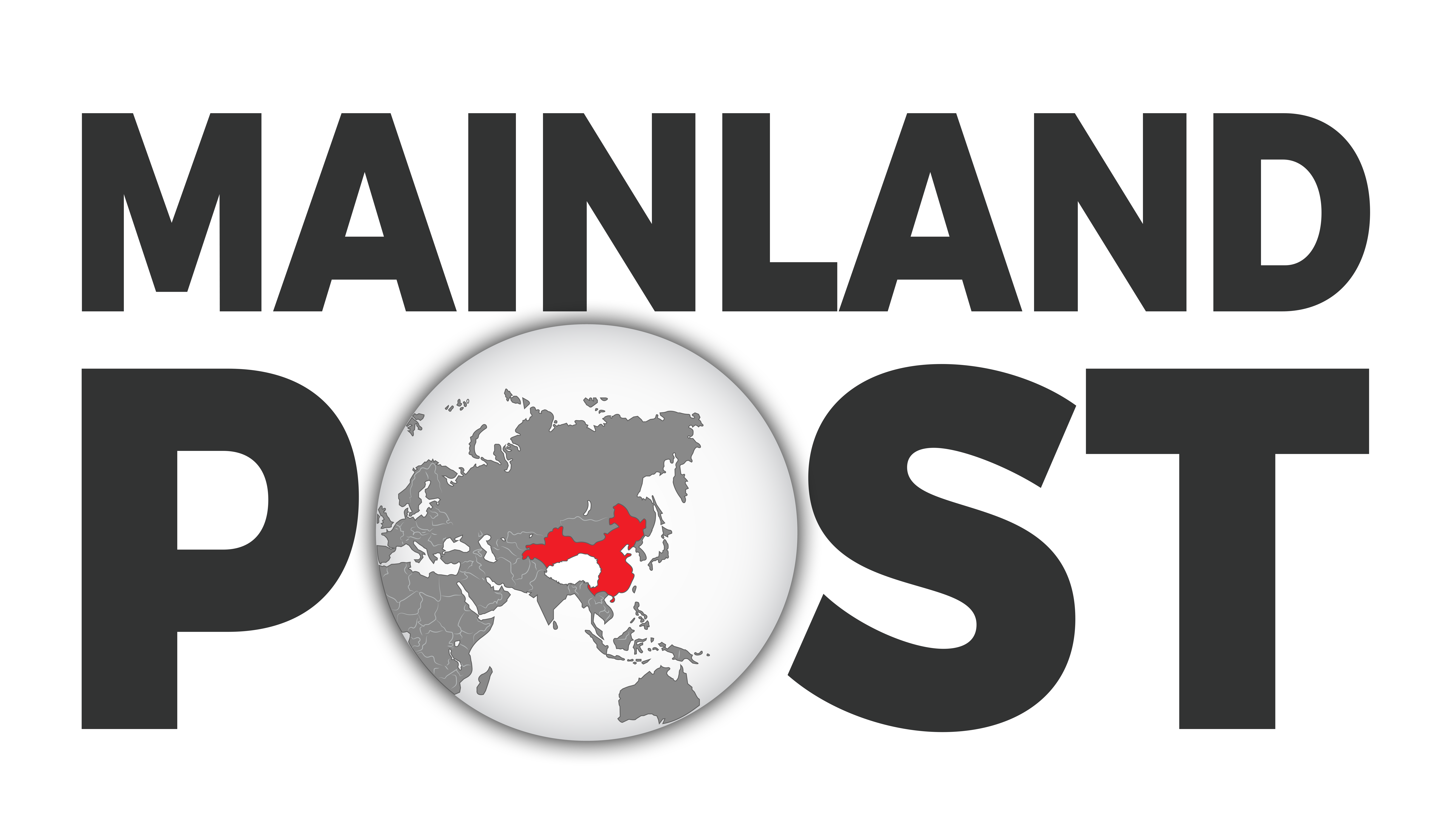On September 4, 2025, Nepal ordered the blocking of 26 major social media platforms (including Facebook, Instagram, YouTube, WhatsApp, and X/Twitter) after the companies refused to comply with new government rules requiring local registration, grievance redress mechanisms, and offices inside Nepal. TikTok and Viber survived the ban because they complied with these demands.
A technical regulation or so the government insists. But beneath the surface, the currents run deeper, and they flow south to Beijing.
Beijing’s Model of Control
The official justification (curbing “misinformation” and “hate speech”) mirrors language used in China’s own censorship regime. The so-called Great Firewall keeps almost every foreign platform out of China, forcing users to rely on Chinese state-controlled alternatives. Nepal’s move is not just coincidental: it copies the Chinese approach of controlling narratives by restricting global platforms while allowing those aligned with state interests to operate.
China has always understood: control the narrative, control the future. That’s why schoolchildren in Lhasa are taught the CCP “liberated” Tibet, why Tiananmen is a ghost event, and why maps shrink Taiwan to a province. Now, by nudging neighbors like Nepal to ban Western platforms, Beijing exports its censorship model—brick by brick, firewall by firewall.
Debt, Dependency, and Pressure
Nepal’s deepening economic reliance on China provides context. Beijing has poured billions into projects like the Pokhara International Airport, the proposed China–Nepal Railway, and infrastructure along the Gyirong Port. These investments are part of the Belt and Road Initiative, which has already placed Nepal under long-term debt obligations. With this financial leverage, Beijing has steadily expanded its political and media influence in Nepal, even shaping how Kathmandu votes in international forums such as the UN on Xinjiang and Hong Kong issues.
The TikTok Precedent
Nepal previously banned TikTok in November 2023, citing social disruption. But the ban was quietly lifted in August 2024 once ByteDance agreed to real-time monitoring and cooperation with Nepal’s Cyber Bureau. This precedent shows that compliance with surveillance demands (not free expression) is the deciding factor. It is no accident that a Chinese-owned app was reinstated quickly while U.S. platforms are now being punished.
Media Under Pressure
Nepali media outlets critical of China already report marginalization and intimidation. The new social media restrictions only deepen this environment of self-censorship. By silencing platforms that often amplify dissent, Nepal edges closer to China’s system of information control.
Who Benefits?
- Beijing: Nepal’s ban aligns neatly with China’s interests, limiting Western tech companies’ influence while making space for Chinese platforms.
- Nepali Political Elites: Gain tighter control over domestic narratives, especially around corruption, governance failures, and foreign policy.
- Victims: Nepali citizens, journalists, and activists who rely on global social media for communication, exposure, and accountability.
Nepal’s ban is not just about registration rules—it’s about aligning with Beijing’s global ambition to erase uncomfortable truths and rewrite history as CCP wishes. The Himalayas now have a new border: a digital wall built with Chinese blueprints.




